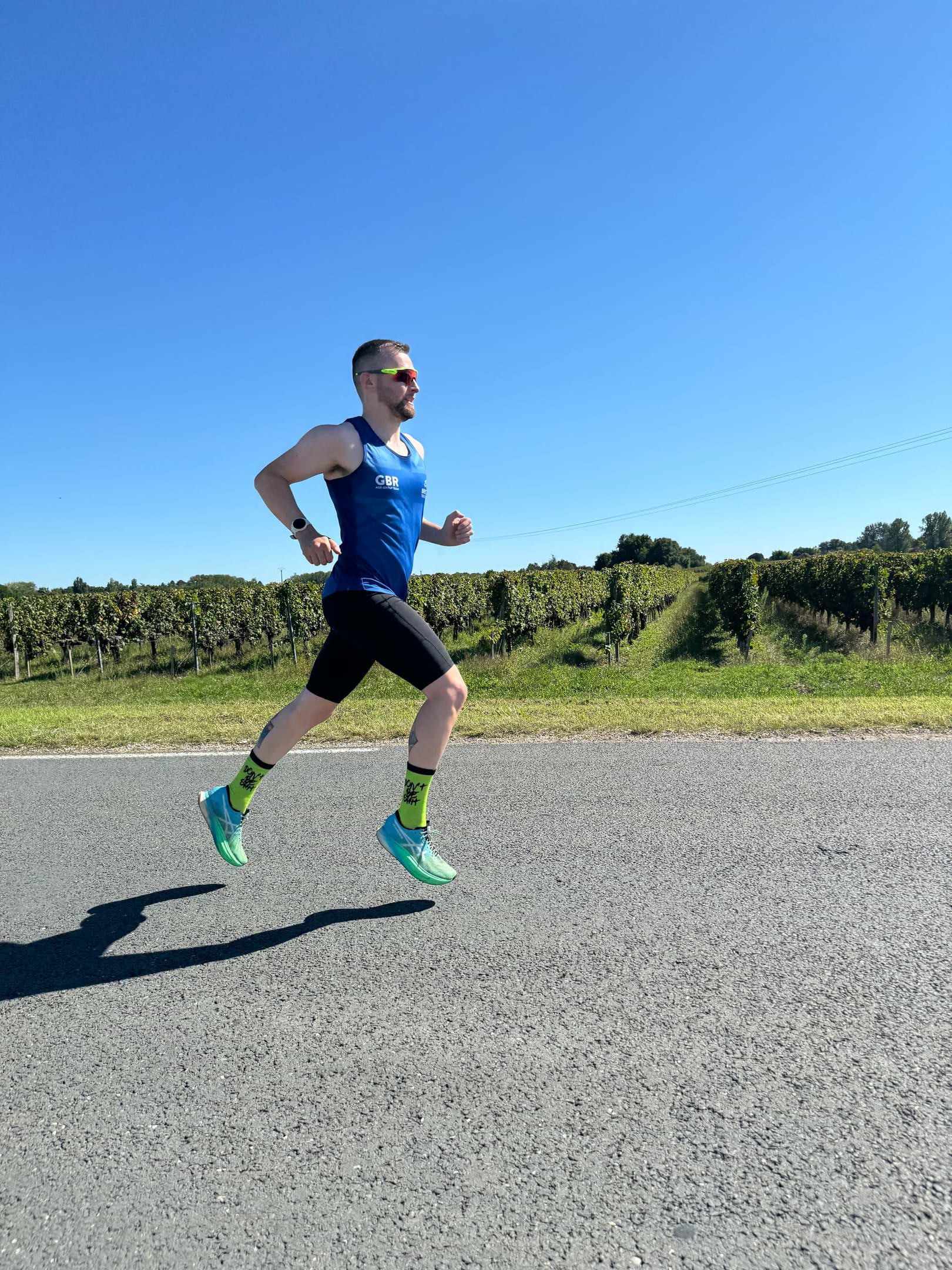Hybrid Training: Does Running Improve Cycling Performance?
Many cyclists are exploring hybrid training by introducing other types of exercise, like running, to their fitness routine. But does running actually help improve your cycling performance? Let’s break down the benefits and explain how running could help, depending on the type of bike or terrain you ride.
The Benefits Of Running And Cycling by Terrain
Let’s break down the benefits of cycling by bike type and terrain to help you decide what running techniques and strength training should be incorporated into your fitness routine.
Road Bikes and Endurance Cycling
Endurance cyclists benefit greatly from running, especially when focusing on aerobic capacity. Running can help build the long-term stamina needed for extended rides on the endurance road bike. Additionally, the mental toughness developed from pushing through a long run mirrors the endurance required for long-distance cycling events. Running over hilly terrain, in particular, can enhance your ability to manage climbs on the road, as uphill running strengthens the same muscles used for climbing on a road bike.
Allroad Bikes
Riding allroad bikes requires endurance and the ability to adapt to changing terrain, all of which can be enhanced through running. Trail running or running on mixed surfaces can build the leg power needed to tackle steep climbs and rapid changes in gradient. The agility developed from running helps cyclists maintain balance and control when navigating gravel paths, uneven surfaces, and sharp turns. Running also strengthens the core, which improves a rider’s ability to manoeuvre through unpredictable conditions on allroad adventures.
Hybrid Bikes
For riders who use hybrid bikes or commuter bikes for city travel or light off-road cycling, running helps build general cardiovascular fitness and leg strength. It can also improve joint stability and is useful for stopping and starting in traffic or on varied terrain. Urban running can be a great way to enhance fitness while mimicking the stop-and-go nature of city cycling on a hybrid bike.
Other benefits of hybrid training
Improved bone health
Cycling is low-impact, which means it’s gentle on your joints but doesn’t do much for bone density. Running is a weight-bearing exercise that can help strengthen your bones, which is important for long-term health, especially if you’re an avid cyclist.
Mental benefits of hybrid training
Switching between cycling and running adds variety to your training, which can help keep you motivated and prevent boredom. Running also helps build mental toughness, which can come in handy during long, challenging rides.
Approach hybrid training with care
While running can be beneficial, it’s important to approach hybrid training carefully. Running has a higher impact than cycling and can strain your knees, ankles, and lower back if you’re not used to it. Start slowly to avoid injury and ensure you don’t neglect cycling-specific muscles by running too much.
How to improve your cycling performance
Boost your Cardiovascular fitness
Running and cycling are both endurance sports that engage your heart and lungs, making them excellent for improving overall cardiovascular health. Incorporating running into your fitness routine can significantly enhance your stamina and endurance on the bike by elevating your cardiovascular fitness levels.
When you run, you strengthen your lungs and improve the efficiency of your heart, enabling it to pump blood more effectively. As a result, you’ll find that you can ride longer distances and tackle more challenging terrains without tiring as quickly. This synergy between the two activities not only enhances your cycling performance but also contributes to better overall health and fitness.
Strengthen different muscles
Running can benefit cyclists looking to improve their fitness or build endurance. Running and cycling use different muscles, so adding running to your routine can help strengthen muscles that cycling doesn’t target. While cycling primarily works your quadriceps, running can help build up your hamstrings, calves, and even core muscles.
Additionally, incorporating strength training into your routine can further enhance your performance. Exercises like squats, lunges, and leg raises strengthen key muscle groups and improve overall stability. This balanced approach makes you a more well-rounded athlete and helps prevent injuries that can arise from overworking the same muscles on the bike. By diversifying your training, you’ll enhance your cycling performance and longevity.
How to get better at cycling
Give hybrid training a try, starting with short, easy runs. Add one or two runs to your weekly routine and increase the distance and intensity slowly over time. Be sure to maintain your cycling sessions so your bike fitness stays strong.
Listen to your body. If you start feeling overly tired or experiencing aches and pains, scale back on running to avoid injury.
Explore the Ribble blog
Need more information about what bike to choose? We’ve got the ultimate bike guide that compares Endurance Bikes against Allroad Bikes and Gravel Bikes.
Confused by Disc Brakes and Rim Brakes? We explain all in our guide to help you choose bike that’s right for you.
Intrigued by Titanium? We delve into the details of our Allroad Titanium Collection, which is ideal for rapid road races on diverse terrains.



